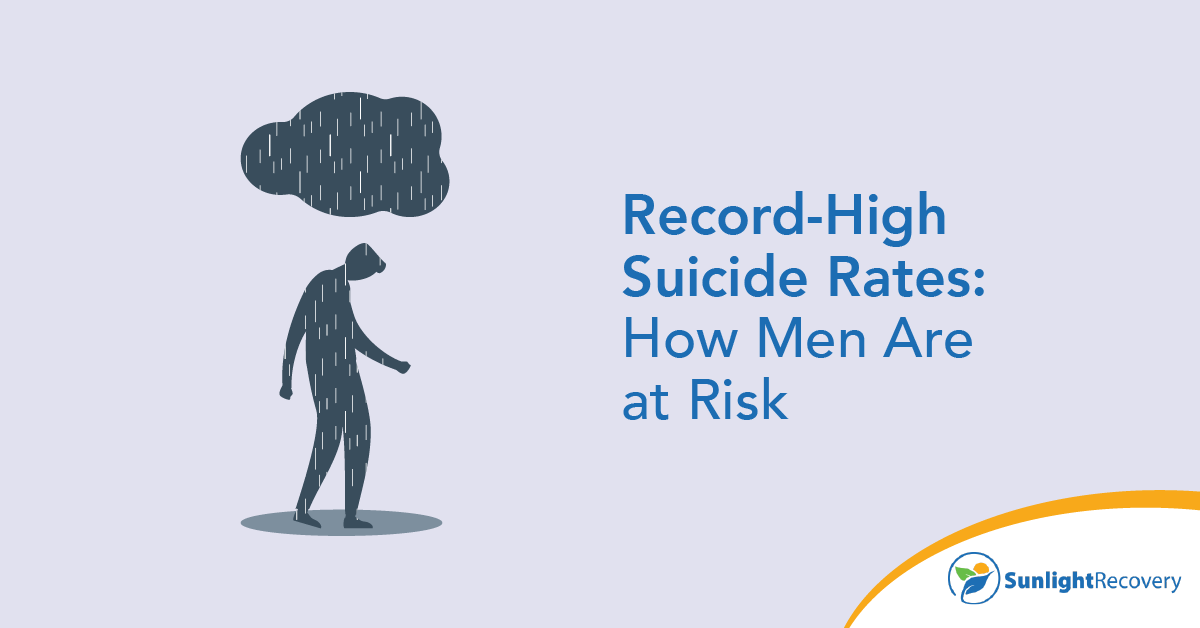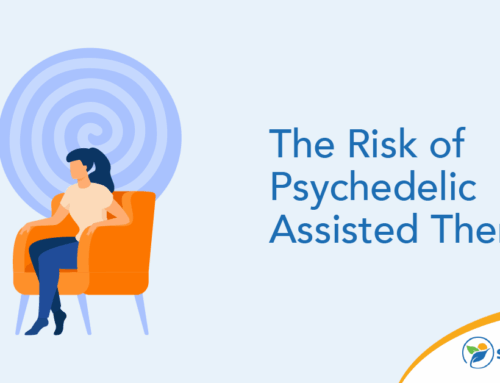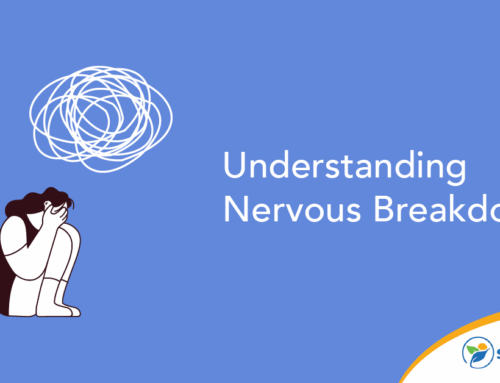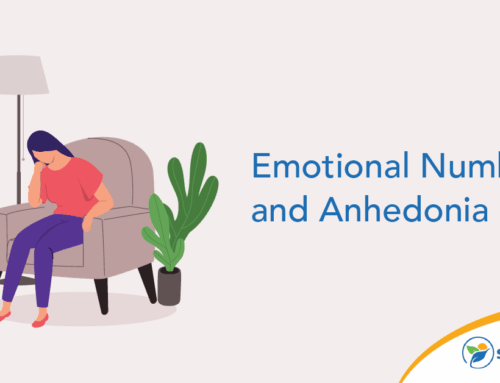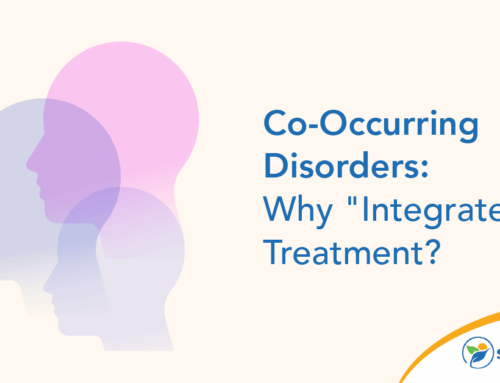In 2022, the suicide rate in America was four times higher among men than women, and suicide was the cause of death for 49,400 individuals, making it the No. 11 leading cause of death overall. Addressing the stigma surrounding men and mental health could help to reduce suicide rates by providing people with access to resources before they hit rock bottom. In this guide, we’ll discuss how many men commit suicide and what could be done to reverse this worrying trend.
Understanding the Suicide Rate in America and Why It Matters
Since the year 2000, the suicide rate has been gradually trending upward, reaching 22.9 men per 100,000 in 2022. Suicide is an issue that has a far-reaching impact on both the health system and the friends and loved ones of those who lose their lives. Fortunately, suicide is preventable, and those who seek help are often able to find hope and meaning in their lives.
Why Men Are Disproportionately Affected
Men are more likely to die from both substance abuse and suicide, and there are several reasons for this. The main contributing factor is that men are less likely than women to seek mental health support. It’s thought that this is why men are less likely to be diagnosed with depression yet have a higher rate of suicide.
Another factor is that when men attempt suicide, the methods they choose are more likely to be successful, while women typically choose other methods that give them a better chance of being found so they can receive help. Suicide rates differ between different cultures, so it’s hard to address the question of why men commit suicide, but in general, they do so because they feel they have no other option.
Social, Cultural and Psychological Risk Factors
To have a chance of reducing the suicide rate in America, it’s important to understand the social, cultural, and psychological risk factors associated with suicide. Some key factors include:
- A history of mental illness or depression
- Legal issues or involvement with the criminal justice system
- Financial problems
- Unemployment
- Substance use
- Involvement with violence (as a victim or a perpetrator)
- Bullying
- Social isolation
- A family history of suicide
- Stress
- Poor access to health care
- Cultural stigma towards mental health care
- Recent suicides in the community
The above are just some of the factors that can contribute to an increased risk of suicide. Those who are exposed to several of these risk factors face the greatest risk. Because of this, efforts to improve access to health care and reduce poverty and substance abuse can go a long way toward reducing suicide rates in certain communities.
Recognizing the Warning Signs in Yourself or Others
Being aware of the warning signs of suicide can help people recognize them in others and could play an instrumental role in preventing those individuals from attempting suicide. Some signs to look out for include:
- Becoming increasingly isolated
- Higher-than-normal levels of anxiety
- Talking about feeling like they’re a burden to others
- Extreme mood swings
- Feelings of hopelessness
- Insomnia or, conversely, sleeping a lot more than normal
- Talking about feeling trapped
- Talking about how their pain is unbearable
- Researching methods of suicide
- Mentioning suicidal thoughts
- Saying goodbye to people
- Giving away possessions and returning borrowed items
- Tying up loose ends
If someone is showing any of these signs or other signs of depression, talk to them about how they’re feeling and encourage them to seek help. Simply listening to a person who’s suicidal can make a difference in the short term. However, if you believe someone is going to attempt suicide, don’t try to counsel them yourself. Seek professional help as soon as possible. If you believe a person is at high risk of suicide, don’t leave them alone, even for just a few minutes. Contact a crisis line for support, and stay with them until professional help arrives.
Breaking the Stigma Around Men and Mental Health
One of the biggest challenges surrounding suicide rates in men is that so many adult males feel they’re not allowed to express their emotions. Western standards of masculinity focus on being stoic and even use terms such as, “man up”, to describe how people should respond to adversity. These expectations put significant pressure on men to hide their feelings, even if they’re struggling to cope.
Because men are less likely to use their friends and families as a support network, they’re at a higher risk of self-medicating or using other potentially harmful coping mechanisms. This can amplify negative feelings and make it harder for them to process their emotions. By the time some men decide they need support, they’re going through a mental health crisis. Even if they do seek help, they might not disclose this to their friends and loved ones, and this perpetuates the stigma about mental health care.
Cultural initiatives to break the stigma about mental health are slowly making a difference, especially among younger people. As an individual, you can make a difference in your social network simply by normalizing talking about your own struggles and encouraging people to open up about theirs.
How to Help: Support, Prevention and Professional Resources
Simply talking to your friends and loved ones can make a big difference if they’re going through a mental health crisis. However, if someone is suicidal, it’s important to encourage them to seek help from a professional. The following websites offer resources, help and support, including text and phone hotlines where people can get confidential advice and support while going through a mental health crisis.
- Samaritans
- 988 Lifeline
- Veterans Crisis Line
- Crisis Text Line
At Sunlight Recovery, we have a team of counselors and therapists who offer compassionate, confidential mental health support. We can assist people who are experiencing a mental health crisis, including those also struggling with depression or substance abuse, and support them on the way to recovery. Contact us today to talk to one of our team members about how we can help you or your loved one with their mental health.


